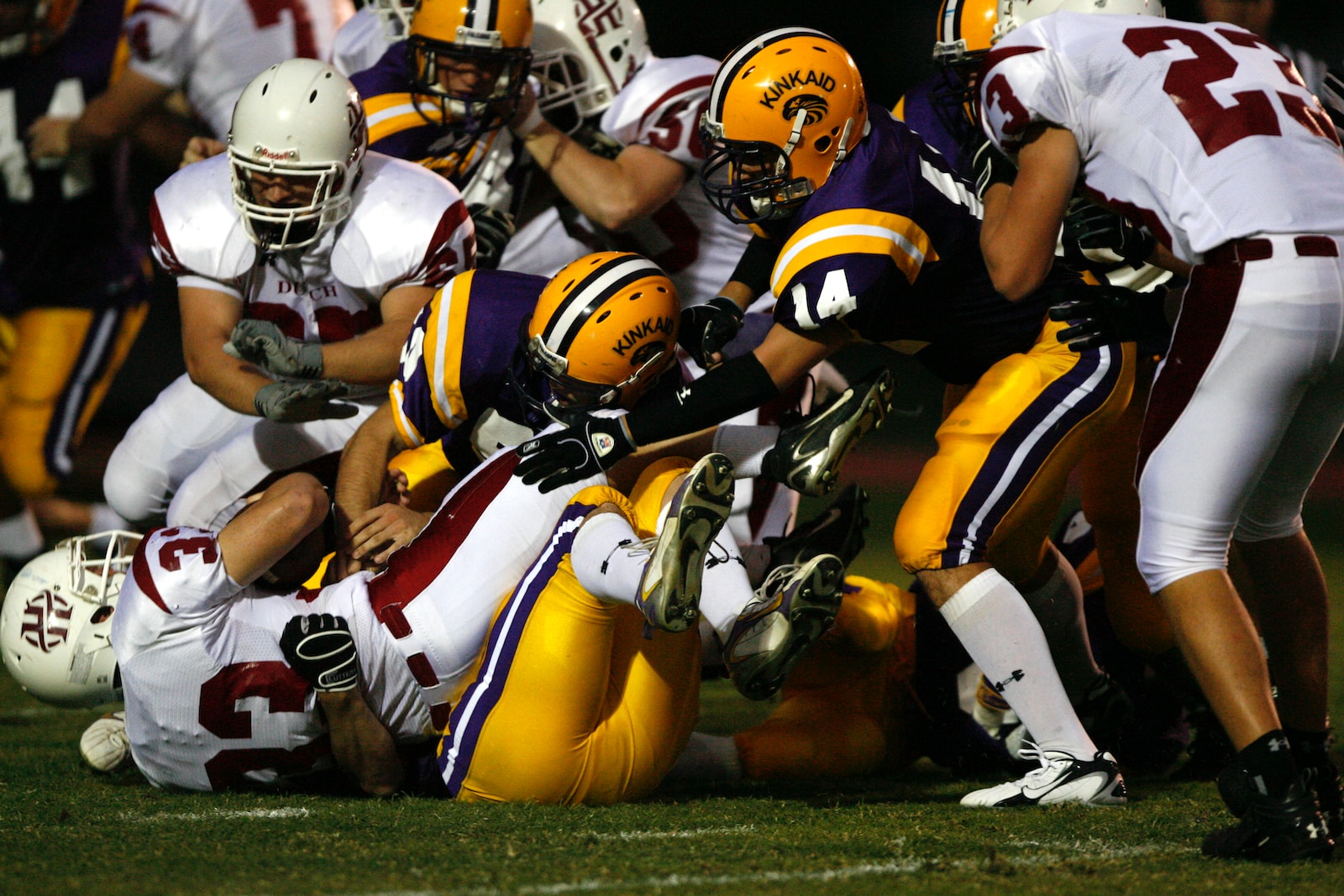Hey there, friends! Have you ever watched athletes during a big game or race and noticed how they take huge breaths, huffing and puffing like a train chugging along? It’s pretty fascinating to see them breathe so fast and deep, right? Well, guess what? There’s an awesome reason why they do that, and it’s all about helping their muscles and body be super strong and fast!
Imagine you’re running around outside with your buddies. You start feeling really tired, don’t you? Your chest begins to rise and fall quicker as you gasp for air—that’s because your body is like a superhero that needs more power. And where does it get that power from? Yep, the air we breathe!
When athletes push themselves hard in sports or running really fast in a race, their bodies need tons of energy. Just like a car needs more fuel to go faster, our bodies need more oxygen to keep going strong. So breathing faster is kind of like pressing the gas pedal on your muscle-car!
But hey, even if you’re not an athlete yet or just love to play for fun, understanding why our bodies act the way they do is super cool! So stick around as we dive into this magical world of breaths and beats – I promise it will be as exciting as scoring the winning goal or crossing the finish line with your arms up in the air!
Ready to become a breathing detective with me? Let’s go find out together why those athletes breathe like they are trying to blow down a house made of bricks — no huffing or puffing needed for us though; just some fun learning ahead!
The Biological Demand for Oxygen During High-Intensity Exercise
When we kick our workouts into high gear, our bodies demand more oxygen than during a lazy stroll in the park. This isn’t just because we feel out of breath. Our muscles are like tiny engines that burn fuel to keep us moving, and oxygen is the spark that ignites this process. During high-intensity exercise, those muscle motors are running at full throttle. Imagine a car racing down the track – it needs more gas, right? Well, as we push ourselves harder, our bodies crave O2 to convert glucose into the energy that powers each squat, sprint, or burpee.
The biological call for oxygen becomes a shout when you’re giving it your all. Picture your muscles as power-hungry beasts; they gobble up energy and belch out carbon dioxide and other byproducts. To meet this surge in demand, your heart pumps like a drummer in a rock band – fast and hard – circulating blood more rapidly to transport oxygen from your lungs to those ravenous muscle cells. Breathing accelerates too, as if you’re trying to catch the wind itself in your chest.
- Your heart rate spikes
- Breathing quickens
- Muscles consume more O2
But what happens when you’ve sprinted past ‘tired’ and are flirting with exhaustion? That’s where your body shows its clever side. It switches gears and begins to generate energy without relying solely on oxygen—a process known as anaerobic respiration. However, this can only be a temporary fix because it leads to lactic acid buildup—hello muscle soreness! So while our bodies have cool tricks up their sleeves for short bursts of effort, sustained high-intensity activity really hinges on that deep-rooted partnership with good ol’ O2.

Adaptations of the Athlete’s Body for Improved Oxygen Uptake and Utilization
When it comes to the awe-inspiring adaptations of an athlete’s body, oxygen uptake and utilization are like the secret sauce to their peak performance. Picture your muscles as power-hungry engines, and oxygen is the premium fuel they crave. Athletes’ bodies are tuned up to maximize this precious resource, starting with a supercharged respiratory system. Imagine lungs expanding like mighty bellows, drawing in vast quantities of air. Their ribcages are like roomy amphitheaters, offering more space for lung expansion, while their diaphragms move with the strength and precision of a seasoned conductor.
Blood vessels also join this high-efficiency party. They’re wider highways for oxygen-rich blood to zoom through, ensuring every corner gets its share of the life-giving element. And then there’s hemoglobin – think of it as your personal oxygen delivery service – athletes tend to have more of these red-blooded chauffeurs ready to whisk oxygen off to muscle town. But that’s not all! The heart pumps with gusto in these fine-tuned athletes, beating out a rhythm that’s strong and steady, sending waves of oxygenated blood surging through their veins.
- Their muscles themselves are brimming with mitochondria – tiny energy factories working overtime.
- These microscopic marvels turn oxygen into ATP (adenosine triphosphate) – the VIP pass that lets muscles unlock energy fast.
- An athlete’s muscle fibers are often a blend skewed towards type I fibers or “slow-twitch” which can use oxygen more efficiently for enduring feats.
The culmination of these adaptations is a symphony of physiological excellence; each part playing in perfect harmony for optimal performance. These athletes aren’t just participating in their sport; they’re soaring through it on wings woven from threads of pure oxygen!
Read also: are athletes overpaid?

